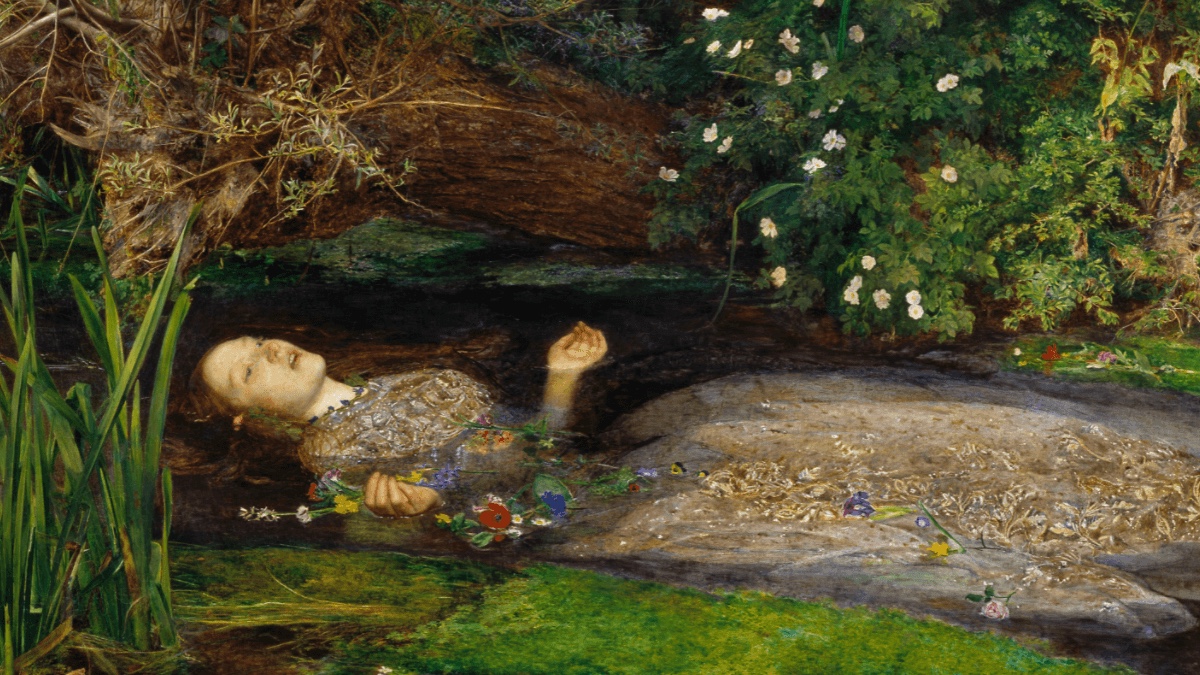
6 Influential Living African American Artists You Should Know
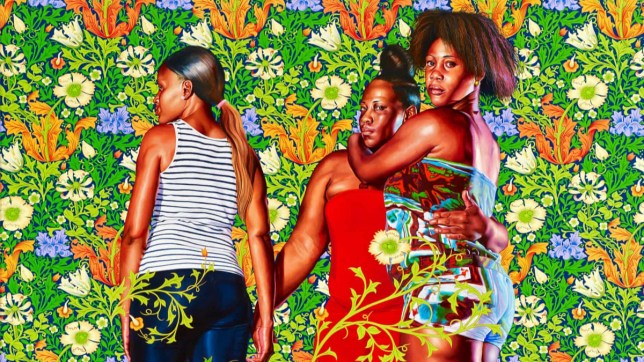
It is a never-ceasing task of the art world to highlight the talent of Black artists after centuries of missed recognition due to a system that propagated internal systematic racism. Although the art scene has seen a great diversification in the last hundred years, there is still work to be done. Through education and advocacy, further necessary changes can be accomplished in the art scene. In this article, let Artsper guide you through a small selection of living and influential Black creatives worthy of attention.
A deep dive into contemporary African American art
1. Faith Ringgold
Who better to top our list of influential African American artists than Faith Ringgold. Responding to the wider question of an absence of representation of Black women in art history and more broadly the invisibility of African diasporas in western culture, Faith Ringgold is a true force to be reckoned with.
Born in 1930, Faith at the grand old age of 91, still has an internal flame for art, activism, authorship and education that is yet to be extinguished. In her storytelling through her books, art and oral teachings, she articulates the African American experience. The 1960s was a notable period in Ringgold’s art career. During that time, she commenced painting the “American People Series” (1963–67), which illustrated the civil rights movement from a woman’s perspective. Over the decades, Ringgold continues to demonstrate the marginalization of Black women. Equally, Ringgold relentlessly advances the path for women artists. Her art is a voice that will not be silenced.
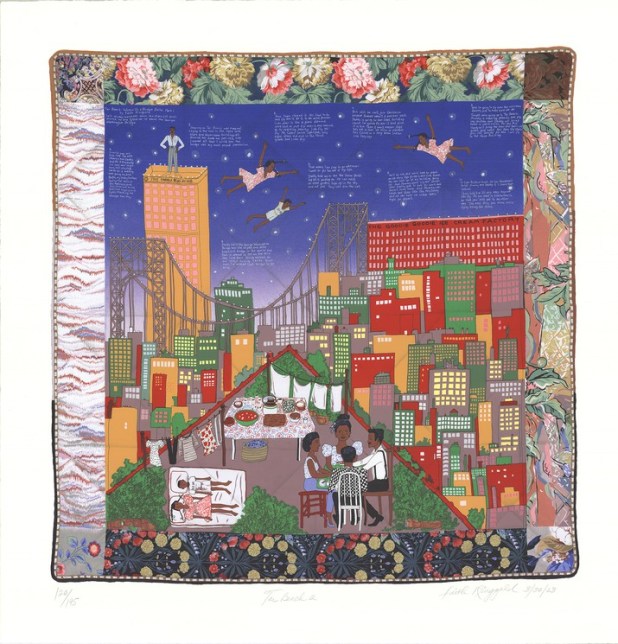
2. Kara Walker
Kara Walker is an African American visual artist born in California at the end of the 1960s. Her work deals with the much cited subjects of racism and sexism in American history within this list. How Walker differentiates herself from other artists is through her handling of such matters with a sense of humor. Her artwork takes various and surprising forms. Her technique includes the heavy use of silhouettes, sculpture on a grand scale and animated films. Kara Walker’s depiction of art as an African American woman is strictly founded in a feminist political engagement.
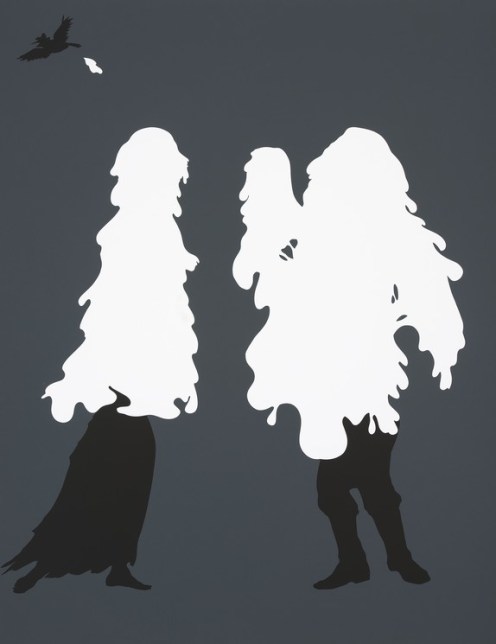
3. Kool Koor
Kool Koor is the alias name of Charles Hargrove, an African American artist and peer of Basquiat and Keith Haring, born in New York in 1963. His roots in the South Bronx are strongly visible within his work. As the son of two painters, Hargrove began his artistic career by studying architecture and graphic design. It was early on that he discovered his passion for graffiti.
Kool Koor has the depth of artistry that allows him to switch between wall graffiti through the medium of aerosol paint and traditional painting. He is an artist that cannot be easily labeled or categorized. As a hybrid of abstract, figurative and futurist styles, his art is best known for its early adoption of “tagging”. Through the medium of graffitist art, the artist reflects his experience as an African American growing up in the South Bronx. A depiction that has proved popular and has brought Kool Koor a lot of commercial success.
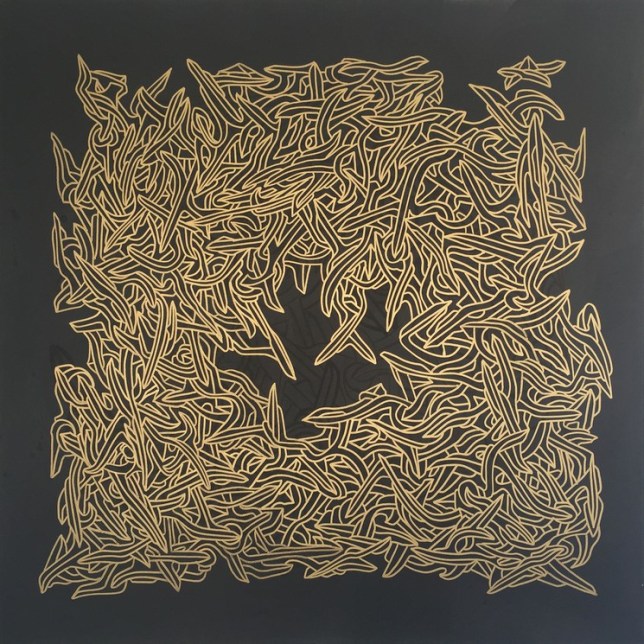
4. Marcus Brutus
Born in the early 1990s, Marcus Brutus is the youngest artist on this list. Nevertheless, his position on this list is well deserved. Marcus’s painting explores “ideas of power through portraiture.” The discussion surrounding the marginalization of the Black population in America and more widely in the African diaspora of course comes down to this one central subject, that of power. In his first solo exhibition in September 2018, Brutus presented his series of figurative paintings that skillfully examine Black American identity and civil rights struggles. Brutus, who previously worked in public relations, skillfully applies his inherent ability to tell stories to art. “What I’m trying to do is establish a legacy,” Brutus explains, “I want to show these very contemporary issues, but show them as having a long history.”
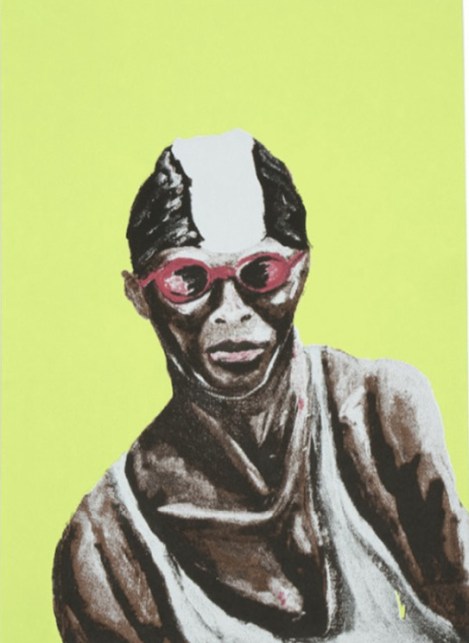
5. Kehinde Wiley
Born in 1977, New York based Kehinde Wiley is a painter with an African American and Nigerian heritage. Wiley holds the unrelenting will to only portray BIPOC people as the main subjects in his work. Famous for his 2018 portrait of Barack Obama, Wiley’s work is acutely political. He represents marginalized communities in order to use art as a medium to advance racial justice.
Wiley mixes classical art history with modern culture. He is aware of the role of art in the perception of power that is notably visible through the absence of Black bodies in paintings. Wiley represents young Black men from Brooklyn and Harlem in valorizing situations. Thus, he aims to admit the image of the courageous Black man in art. His goal is to give Black bodies an epic or heroic dimension by breaking down the cycle of prejudice and thus honoring African American youth as the central protagonist in his art.
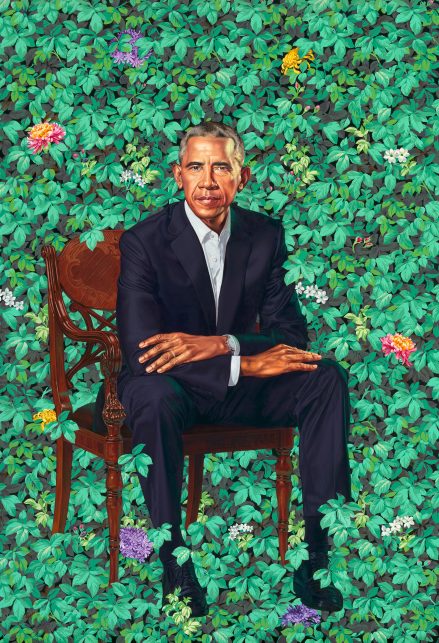
6. Carrie Mae Weems
Carrie Mae Weems has investigated gender, family relationships, cultural identity, sexism, class, political systems, and the relationships between power and representation of race in her photography for over 30 years. In From Here I Saw What Happened and I Cried (1995), a multipart photographic project, Weems transforms well-known 19th and 20th-century photographic representations of African Americans in the United States through a contemporary political lens.

This roundup of artists is by no means exhaustive. The common ground shared by these African American artists exists around the recurring subject matters of power, readdressing of stereotypes and the affirmation of the Black figure as the subject of artwork among others. How many of these artists did you already know?
You might also like…

About Artsper
Founded in 2013, Artsper is an online marketplace for contemporary art. Partnering with 1,800 professional art galleries around the world, it makes discovering and acquiring art accessible to all.
Learn more
















